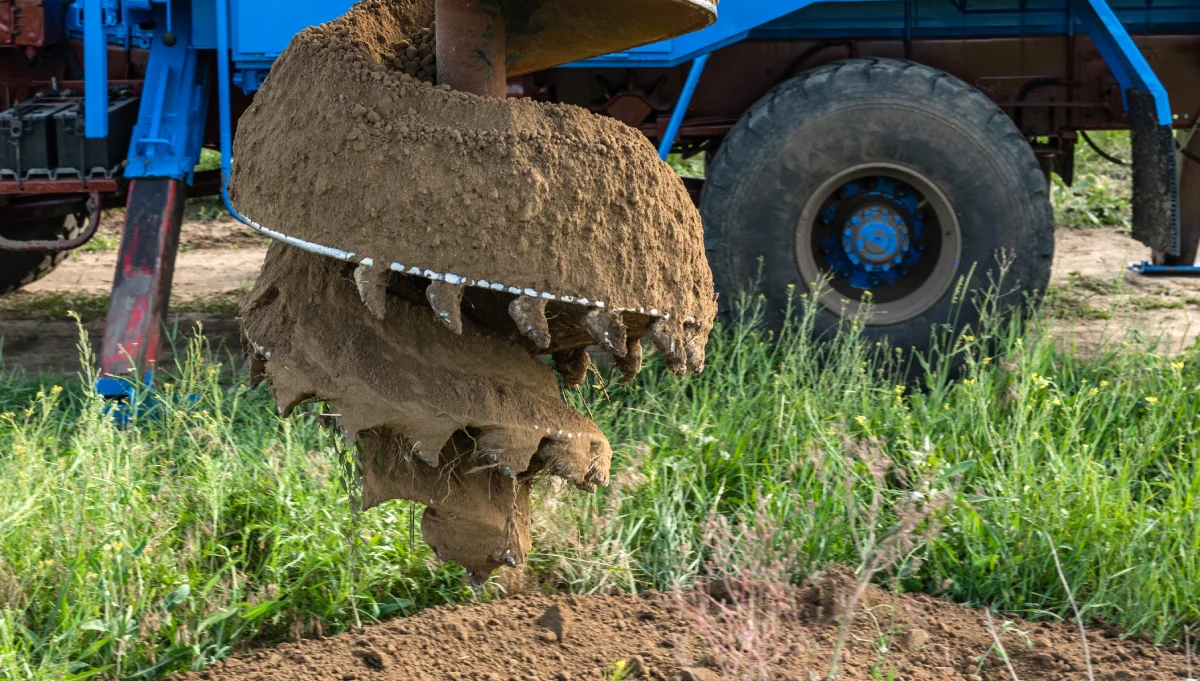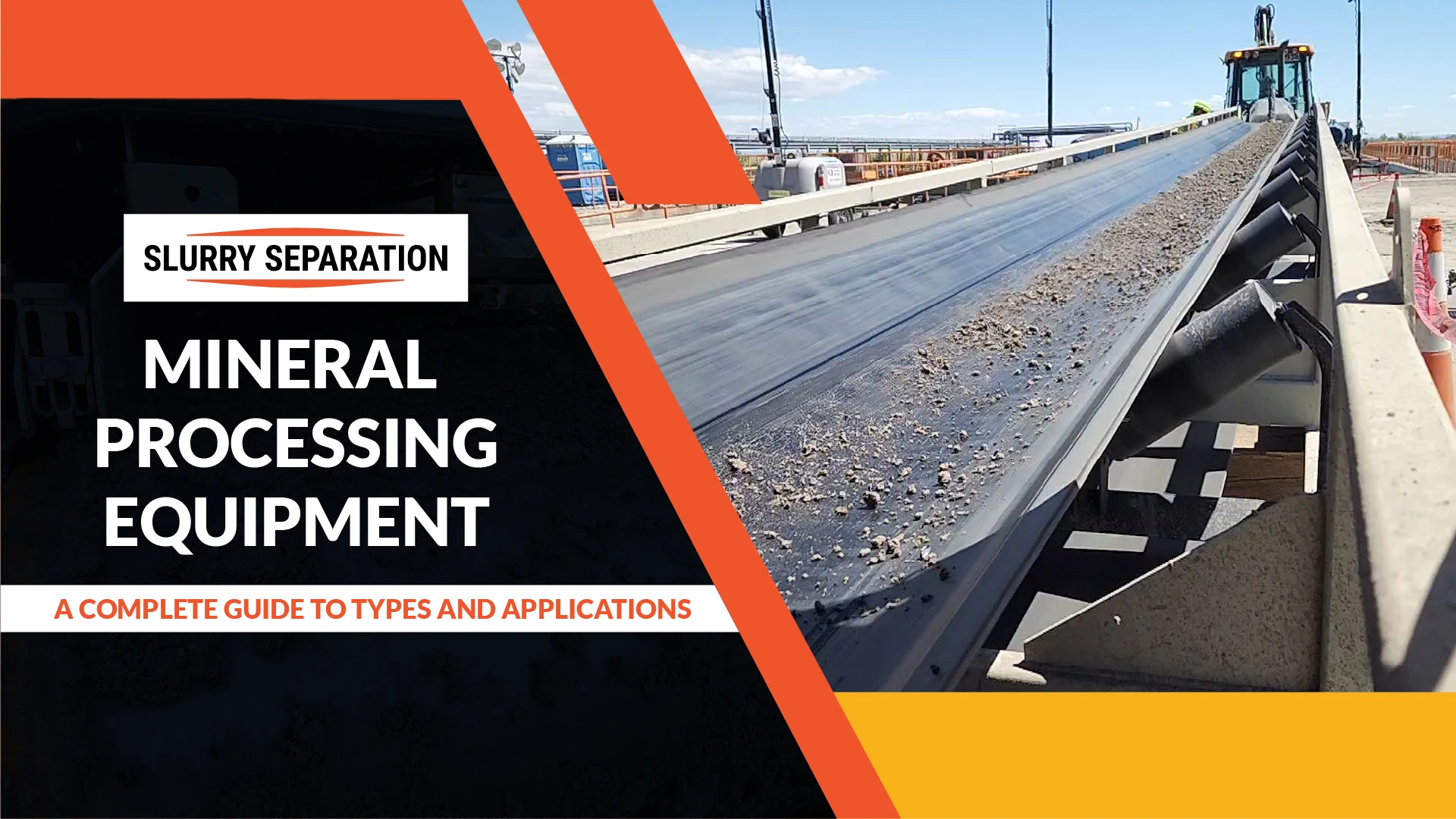- What is Cutting Oil?
- The Role of Cutting Oil in Drilling
- Enhancing Drilling Performance with Cutting Oil
- Extending Tool Life through Proper Cutting Oil Use
- Selecting the Right Cutting Oil for Your Drilling Operations
- Best Practices for Using Cutting Oil
- Environmental and Safety Considerations
- Common Mistakes to Avoid When Using Cutting Oil
- Conclusion
Drilling operations, whether in manufacturing, metalworking, or construction, involve high-speed tools cutting through hard materials. This process generates significant friction and heat, which can reduce tool efficiency, damage equipment, and impair the quality of the drilled surface. Cutting oil for drilling plays a crucial role in overcoming these challenges by acting as a lubricant and coolant during oil drilling operations. It enhances drilling performance, extends tool life, and helps achieve better-quality results.
Cutting oil is essential because it not only reduces friction and dissipates heat but also minimizes tool wear and tear. Using the right type of cutting oil for drilling can significantly improve drilling speed and accuracy while reducing power consumption and costs. This article will explore what cutting oil is, its role in oil drilling, and best practices for using it effectively. Incorporating the correct cutting oil for oil drilling can make a considerable difference in performance. As oil drilling demands precise lubrication, using suitable cutting oil can greatly impact tool longevity and drilling quality.
What is Cutting Oil?
Cutting oil is a lubricant and coolant specifically formulated for machining and drilling processes. It is typically composed of base oils and various additives that enhance its performance under demanding conditions. There are different types of cutting oils based on their composition:
- Mineral-Based Oils: Derived from petroleum, these are the most common and versatile cutting oils used in various drilling applications.
- Synthetic Oils: Formulated from chemical compounds, synthetic oils provide excellent lubrication and cooling, especially in high-speed machining.
- Semi-Synthetic Oils: These combine mineral oil with synthetic additives to offer a balance of cooling and lubrication.
- Water-Soluble Oils: Emulsified in water, they provide effective cooling and are suitable for operations where temperature control is critical.
Each type of cutting oil has specific characteristics that make it suitable for different drilling applications, such as high-speed drilling, heavy-duty operations, or precise machining tasks.
The Role of Cutting Oil in Drilling
Cutting oil serves multiple functions in drilling operations, with the primary roles being friction reduction, cooling, and lubrication.
- Friction Reduction: Cutting oil for drilling forms a thin lubricating film between the cutting tool and the workpiece, significantly reducing friction. Lower friction not only increases tool efficiency but also helps prevent overheating and deformation of both the tool and the work material.
- Cooling: Oil drilling generates substantial heat due to the intense friction at the cutting edge. Cutting oil dissipates this heat by absorbing and carrying it away from the tool and workpiece. This cooling effect is vital for maintaining the structural integrity of the tool and preventing material softening.
- Lubrication: Cutting oil also acts as a lubricant, minimizing metal-to-metal contact in the drilling area. This reduces wear on the cutting tool, extends its lifespan, and ensures more consistent performance throughout the drilling operation.
Enhancing Drilling Performance with Cutting Oil
Using the right cutting oil for drilling can significantly improve the overall performance of drilling operations.
- Improved Drilling Speed and Precision: The lubrication provided by cutting oil reduces resistance during drilling, allowing for faster cutting speeds and more precise drilling. This improvement in efficiency translates to increased productivity.
- Smoother Surface Finishes: Cutting oil helps achieve better surface quality on the drilled material by reducing the likelihood of rough edges or imperfections. This is particularly important in precision machining, where high-quality finishes are required.
- Reduced Power Consumption: The use of cutting oil for drilling decreases the amount of force and power needed for drilling, as the lubricating properties make it easier for the tool to cut through materials. This not only saves energy but also reduces operational costs.
Extending Tool Life through Proper Cutting Oil Use
The lifespan of cutting tools can be significantly extended with the correct application of cutting oil.
- Minimized Tool Wear: Cutting oil reduces wear and tear on tools by decreasing friction and preventing excessive heat buildup. This protection allows tools to maintain their sharpness and cutting ability for longer periods.
- Prevention of Tool Damage and Breakage: High heat and friction can cause tools to crack or break during oil drilling. Cutting oil helps keep the temperature down and provides a buffer against physical stress, reducing the risk of tool damage.
- Cost Savings: By prolonging tool life and reducing the frequency of tool replacement, companies can save significantly on tooling costs. Proper cutting oil use also reduces downtime associated with changing tools, further enhancing productivity.
Selecting the Right Cutting Oil for Your Drilling Operations
Choosing the correct cutting oil for drilling is essential for optimal performance. Here are some key considerations:
- Drilling Material and Application: Different materials, such as aluminum, steel, or titanium, have varying requirements for lubrication and cooling. It’s important to select a cutting oil that is compatible with the specific material.
- Oil Viscosity and Additives: The viscosity of the cutting oil and any added components (e.g., anti-wear additives and rust inhibitors) should match the drilling conditions. For high-speed or high-temperature applications, oils with specialized additives may be more effective.
- Manufacturer Recommendations: Consulting the tool or oil manufacturer’s guidelines can help in selecting the appropriate cutting oil for drilling.
Best Practices for Using Cutting Oil
To maximize the benefits of cutting oil, consider these best practices:
- Correct Application: Depending on the drilling setup, cutting oil can be applied manually or through automated systems. Using mist, spray, or flood application methods can ensure adequate coverage.
- Maintaining Proper Concentration: For water-soluble oils, it is crucial to maintain the correct concentration to ensure optimal lubrication and cooling properties.
- Monitoring Oil Condition: Regularly check the cutting oil for contamination or degradation. Replace or replenish as needed to maintain performance.
Environmental and Safety Considerations
While cutting oil offers numerous benefits, it is important to address its environmental and safety aspects.
- Disposal and Recycling: Proper disposal of used cutting oil is necessary to avoid environmental contamination. Recycling can help reduce waste and conserve resources.
- Eco-Friendly Alternatives: Consider using environmentally friendly cutting oils that are biodegradable or have lower toxicity.
- Safety Handling Tips: Always follow safety guidelines when handling cutting oils, including wearing protective gear and ensuring proper storage to avoid accidents.
Common Mistakes to Avoid When Using Cutting Oil
Avoid these errors to ensure optimal performance:
- Using the Wrong Oil Type: Selecting an inappropriate cutting oil for drilling can lead to suboptimal results.
- Improper Application: Inadequate oil coverage can lead to overheating and tool wear. Always ensure the oil is applied uniformly.
- Neglecting Oil Maintenance: Contaminated or degraded cutting oil can lose its effectiveness, so regular monitoring and replacement are necessary.
Conclusion
Cutting oil for drilling plays a vital role in enhancing performance and extending tool life. It reduces friction, dissipates heat, and provides lubrication, which together improve drilling speed, precision, and efficiency. Selecting the right cutting oil for drilling, following best practices, and considering environmental factors can maximize the benefits of cutting oil for drilling operations. Regularly assess your cutting oil for drilling usage to ensure you’re getting the best performance from your drilling tools.






